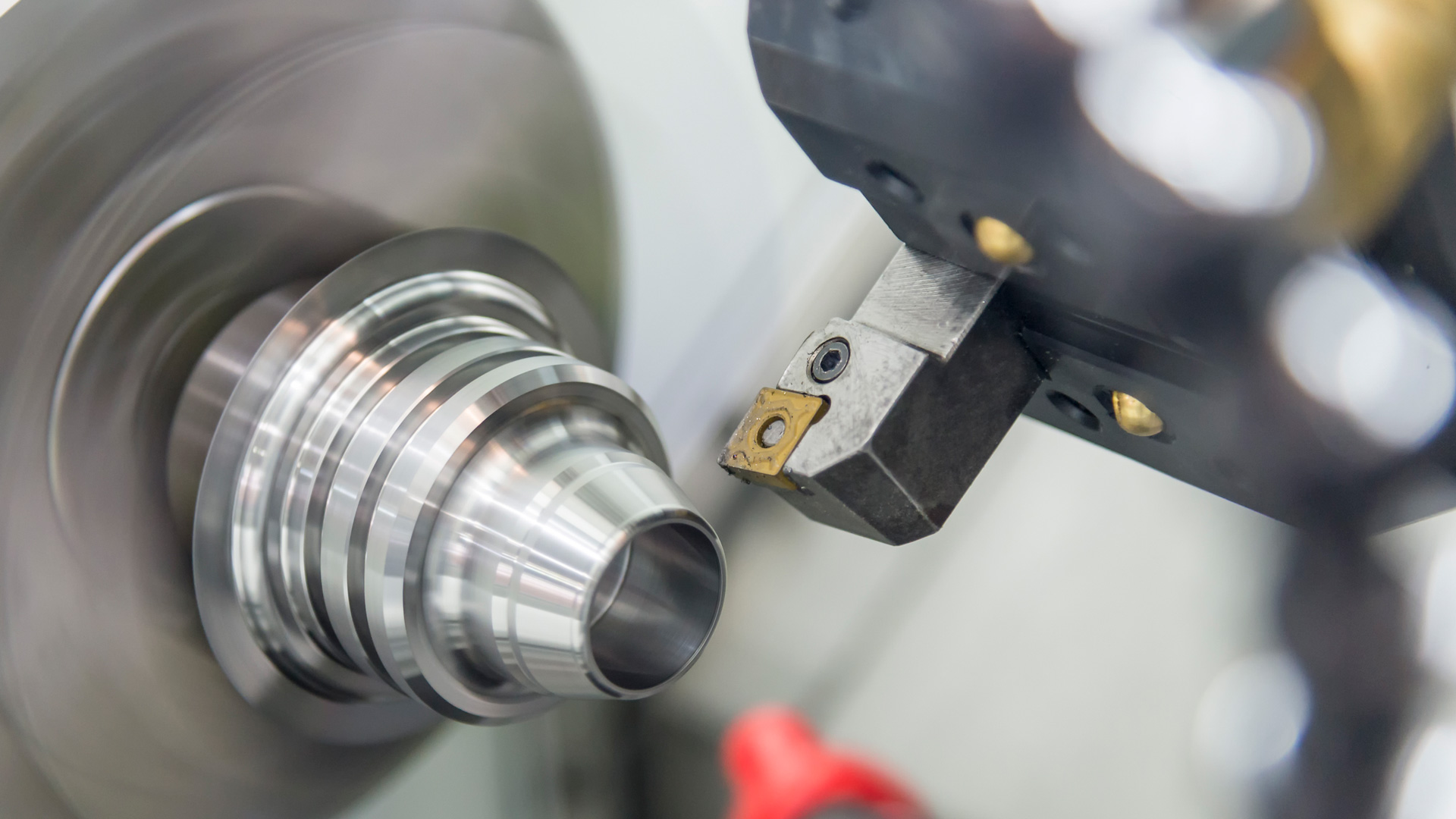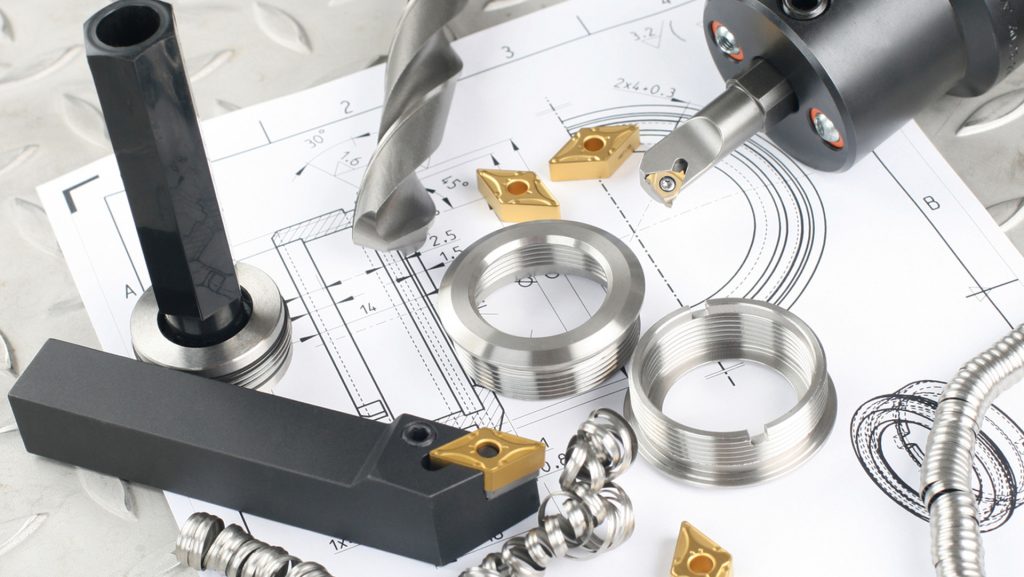14th September 2020

How to Identify Carbide Inserts
The sheer variety of carbide inserts available and their precision use means that there needed to be a simple system devised to categorise them. Carbide turning inserts, like all other metal cutting tools, are identified with a series of letters and numbers. These refer to the Turning Tool ISO code system that provides a (relatively) simple way to identify carbide inserts. In this article, we describe what the Turning Tool ISO code system is and how you can use it to identify your carbide inserts.
What are carbide inserts?
Carbide inserts are used to accurately machine metals, including steels, carbon, cast iron, high-temperature alloys and other non-ferrous metals. Carbide inserts are replaceable and indexable and come in a huge variety of styles, sizes and grades.
Carbide inserts can be used at high speeds, which enables faster machining, which results in better finishes. It’s crucial that you select the correct carbide insert for the material that you are cutting or you could risk damaging the insert, the machine and the workpiece.
How do you identify carbide inserts?
Every carbide insert can be identified using the Turning Tool ISO code system. This straightforward shorthand system covers everything you need to know, and need to tell us, when ordering your new carbide insert.
The ISO code is based on the metric system, with measurements made in millimetres. In America, they use a different system called the American National Standard ANSI B212.4-2002 system that uses inches. We don’t cover that in this guide.
Here’s how it works.
Every carbide insert has an identification code attached to it. This isn’t a random collection of letters and numbers, but a comprehensive system that can help you identify the correct tool.
Each letter or number in the identification code correlates to the phrases in this list.
- Clamping Method of Insert
- Insert Shape
- Holder Style
- Clearance Angle of Insert
- Hand of Tool Holder
- Height of Shank
- Width of Shank
- Length of Holder
- Length of Insert Cutting Edge
By understanding the Turing Tool ISO system, you can quickly identify carbide inserts. Let’s look in a little more detail at each part of the coding system.
Clamping method of insert
There are five different types of clamping methods used for tuning tools. The various methods describe how the carbide insert is clamped, the tool’s shape and the force and rigidity of clamping.
Insert shape
There are ten different insert shapes, but it’s quite a loose classification. There are variations within the classification system which means they should be taken as an identifier.
Holder style
This code is used to describe the style of turning tool. There are 14 different holder styles, with each differentiated by the approach angle of the tool.
Clearance angle of the insert
The fourth letter defines the clearance angle of the insert. There are seven different clearance angles of between 0 degrees and 25 degrees.
Tool holder hand
It’s crucial to know the orientation of the tool – whether it’s left-handed, neutral (centred), or right-handed.
Shank holder
The sixth code refers to the height of the shank. If the sixth number is 20, for example, that would mean the shank is 20mm high.
Shank width
Similar to the width above, the seventh number refers to the complete width of the shank. Again, if the figure is 20, the shank width would be 20mm.
Length of holder
Knowing the length of the holder is essential in selecting the right carbide insert. Each letter refers to a different length. While the differences may seem small, selecting the right part – or a suitable part if your chosen length isn’t available to use – is crucial.
Length of insert cutting edge
The ninth and final part of the Turning Tool ISO code is the length of the cutting insert. The figure is measured in mm, so a 10 would mean the cutting insert has a 10mm cutting edge length.

How to use the system to identify carbide inserts
The system provides a universal framework for identifying the carbide insert that you are using, or need to purchase. If you know the identification code, selecting a replacement part is simple and straightforward.
At R.D. Barrett, we hold the UK’s largest selection of professional turning tools, including carbide inserts. We have a huge range of carbide inserts suitable for all applications in various sizes, shapes and grades.
If you know the identification code of your insert, we can provide a replacement for you. Even if you don’t have all the information to hand, we can use our expert knowledge gained from over 45 years in business to help you to narrow down your choice of tool.
